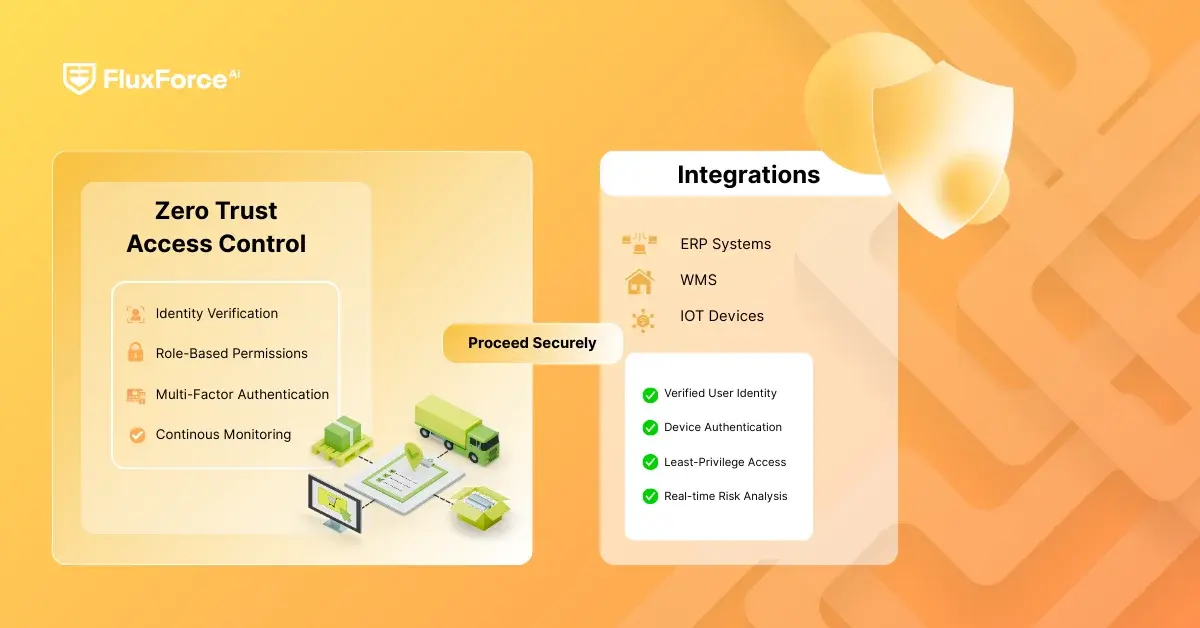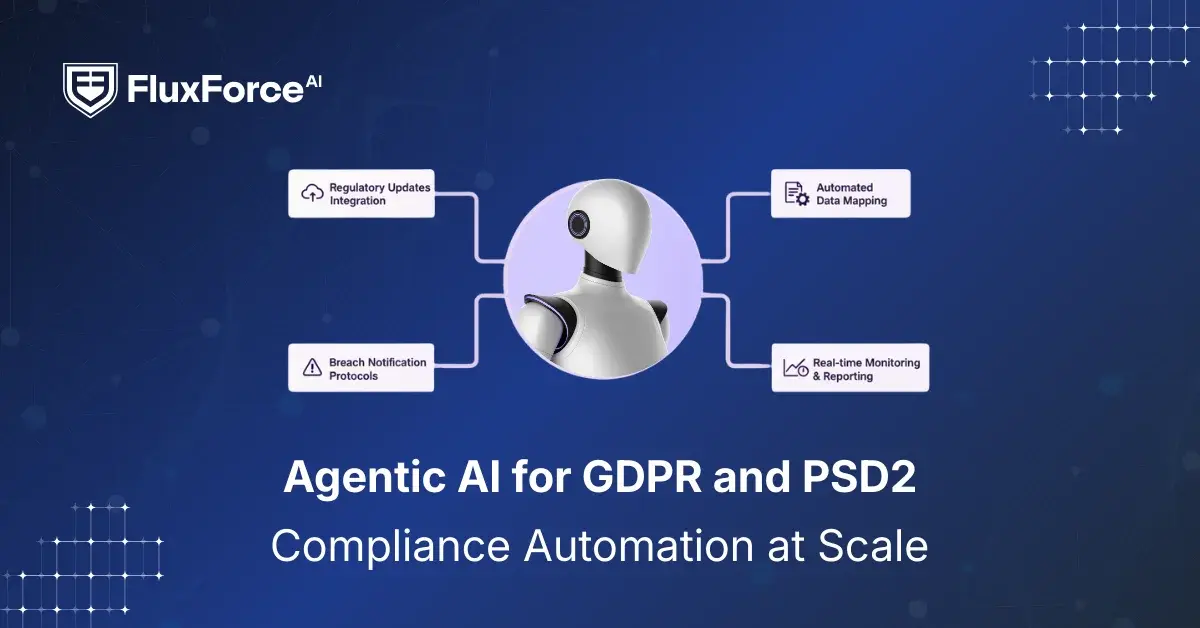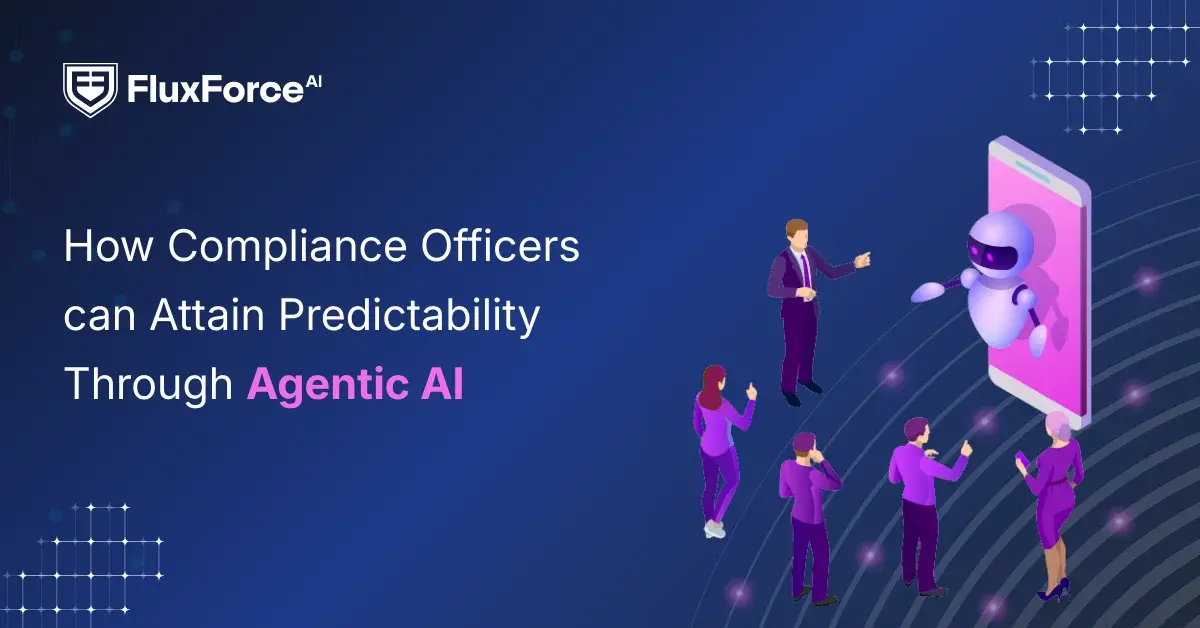Listen to our podcast 🎧

Introduction
In recent years, the security landscape of high-risk supply chains has shifted from perimeter-based defences to Zero Trust models. With cybersecurity breaches averaging $5.4 million per incident, modernizing risk management practices has become essential.
In logistics, where operations rely on interconnected systems, multiple vendors, and real-time data flows, extending access controls beyond traditional network boundaries is necessary to prevent disruption.
Zero Trust principles enforce continuous verification of every user, device, and system to reduce the likelihood of unauthorized access. However, for supply chain risk analysts, the complexity lies in implementing these controls effectively across diverse logistics environments.
This blog explains how Zero Trust principles can strengthen logistics operations and outlines practical strategies to protect data, systems, and supply chain workflows.
Implementing Zero Trust as a Core in Logistics
In high-risk supply chains, vendors, warehouses, transport networks, and systems create multiple points where unauthorized access can happen. Implementing Zero Trust principles helps analysts reduce exposure and strengthen logistics security.

1. Least Privilege Enforcement- Limits user and system access across warehouses and transport systems. Its core features include:
- Identity and Access Management (IAM): Identity-based access management gives each user and device unique credentials. It increases visibility and protects shipment and inventory data.
- Role-Based Access Control: Roles define which modules personnel can access in logistics systems. It keeps sensitive supply chain information secure.
- Permission Auditing: Auditing permissions identifies over-privileged accounts in warehouse, transport, and supplier systems. This keeps access boundaries tight.
2. Network Micro-Segmentation for Logistics Security- Zero Trust architecture separates warehouses, transportation systems, IoT devices, and vendor portals into isolated zones. This limits attacker movement and reduces potential breach impact.
3. Continuous Verification for Logistics Systems- Every access request in warehouse, transport, and inventory systems undergoes ongoing validation. Continuous verification checks user identity, device integrity, and system compliance, ensuring Zero Trust principles are applied consistently across all logistics operations.
4. Behavioural Monitoring for Risk Awareness- Monitoring user and system activity across warehouses, transport networks, and partner portals identifies unusual patterns. Analysts can spot anomalies, understand potential threats, and act before supply chain disruptions occur.
How Zero Trust Combined with AI Enhances Supply Chain Risk Management
AI integration improves Zero Trust implementation in the supply chain by automatically monitoring system activity, detecting irregular behaviour, and supporting informed decisions. Its core features include:

1. Continuous Access Verification
AI monitors all system interactions and user activities in real time. Unauthorized attempts are detected quickly, helping analysts maintain strict access control while reducing potential security breaches across logistics operations.
2. Intelligent Threat Prioritization
AI ranks security events based on potential operational impact. Critical threats are highlighted for immediate attention, while minor deviations are logged for trend analysis, keeping focus on risks that could disrupt supply chain continuity.
3. Predictive Vulnerability Identification
AI models detect patterns that indicate potential security gaps. Analysts gain foresight into weaknesses, allowing pre-emptive observation of supply chain workflows.
4. Automated Identity and Device Monitoring
Continuous checks track credentials, device status, and system integrity. Alerts for suspicious activity are generated automatically, maintaining Zero Trust standards and protecting sensitive supply chain assets without constant manual intervention.
5. Behavioral Insights for Risk Analysis
AI identifies unusual patterns in system and user activity. Analysts can interpret deviations to refine policies, improving overall security posture and operational resilience.
Challenges in Implementing Zero Trust for Supply Chains
While the adoption of Zero Trust architecture is growing rapidly, many organizations still face issues due to implementation challenges. These include:
1. Integrating Zero Trust Across Vendors: Applying Zero Trust across logistics vendors is hard when systems differ. Analysts must track gaps in warehouses, transport networks, and partner portals carefully.
2. Operational Disruptions During Implementation: Adding Zero Trust can disrupt supply chain operations for a significant amount of time. Even small delays in the supply chain can cause major losses.
3. Managing Identities and Access: Tracking employees, vendors, and devices across logistics systems is challenging. Analysts must keep records accurate and updated to stop unauthorized access.
4. Handling Verification and Monitoring Data: Ongoing checks across warehouses, transport, and supplier systems produce huge amounts of data. Analysts need to spot anomalies without creating alert fatigue.
5. Network Segmentation in Operations: Splitting transport, IoT, and warehouse networks into zones can disrupt workflows. Analysts must plan segmentation carefully to avoid slowing supply chain operations.

Shaping the Future of AI in Finance
Fluxforce research uncovers how banks and enterprises are adapting to fraud, compliance, and data challenges in 2025.
Zero Trust Security Strategies for Risk Analysts in High-Risk Supply Chains
Zero Trust security in high-risk supply chains requires proactive, measurable actions. Below are key strategies risk analysts can apply to reduce internal risks, strengthen operations, and maintain control over complex supplier and logistics networks.

1. Cybersecurity Strategies in Supply Chain
Identity-Centric Security
Assign verified identities to warehouse operators, transportation managers, and vendor users. Define role-specific access permissions, ensuring each function can reach only the systems and data necessary for its logistics responsibilities.
Multi-Factor Authentication and Access Enforcement
Implement multi-factor authentication across supply chain networks. Link each user and device to a verified identity, applying stepwise authentication during logins, system access, and critical workflow approvals.
Continuous Monitoring and Automated Threat Detection
Leverage AI tools to monitor warehouse systems, fleet management platforms, and supplier portals. The model automatically assigns risk scores and flags suspicious activity for each access attempt, based on user behaviour, device integrity, and location.
2. Risk Management Strategies in Supply Chain
Phased Implementation
Roll out Zero Trust controls in stages for warehouses, transport operations, and vendor systems. Begin with high-risk areas, gradually expanding while continuously monitoring system integration and access compliance.
Vendor and Partner Risk Assessment
Audit all vendor and partner systems, including transportation portals and warehouse interfaces, through a centralized dashboard. Review access rights, classify risk levels, and enforce structured access policies for every third-party logistics participant.
Deploying Pre-Built AI Models
Integrate pre-built AI models, built specifically by industry leaders like Flux Force, for instant automated validation of warehouse and transportation access requests, behavior analysis, and monitoring of supplier portals.
Strengthen Trust in Global Trade

Conclusion
An effective risk management approach in high-risk supply chains relies on implementing Zero Trust architecture across all logistics operations. By enforcing limited access controls through Identity and Access Management and Role-Based Access Control, organizations can regulate warehouse, transportation, and vendor system access.






Share this article